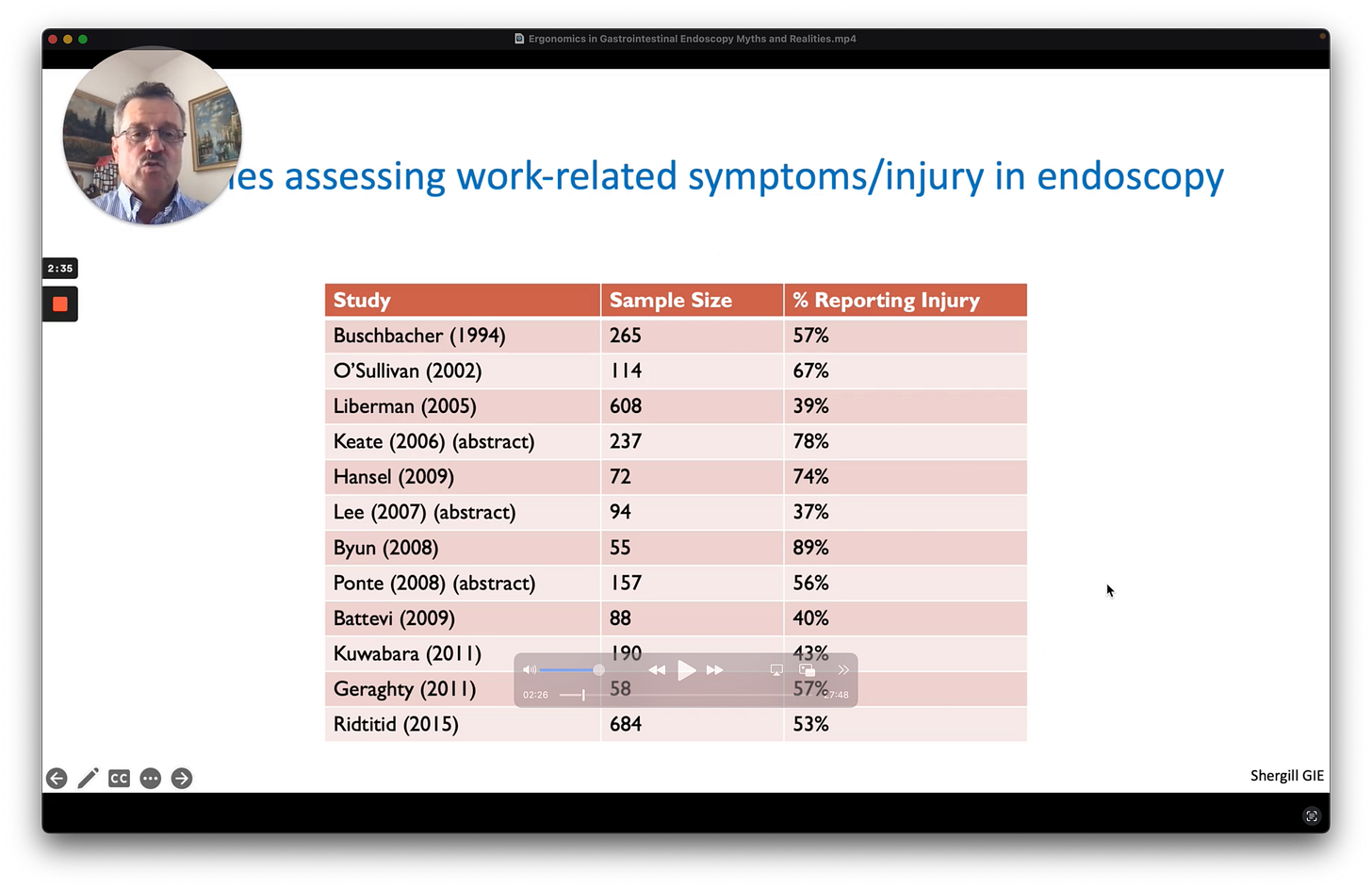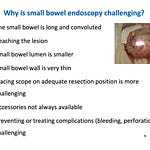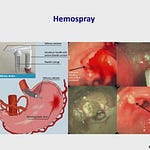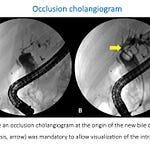👆For non-paid members, the clip above is a free preview. The complete lecture is available to paid members of EndoCollab.
You’ve felt it: the aching neck, the strained wrist, the sore back after a long day of procedures. It’s a common complaint, but what if the cause isn’t what you think? We often hear that endoscopy is physically demanding, that scopes were designed for a certain body type, or that preventing injury is a matter of personal strength and stamina. The reality is far more nuanced.
Endoscopy and operating room-related injuries are real. In fact, the prevalence of work-related musculoskeletal disorders (MSD) is much higher in interventionalists than in other physicians. The types of injuries seen in endoscopists—carpal tunnel syndrome, De Quervain's tenosynovitis, lateral epicondylitis, and lumbalgia—are comparable to those found in coal miners and manufacturing laborers. The problem is pervasive, but it is often addressed with confusing messages and misleading imagery that perpetuates poor ergonomic habits.
This article debunks the persistent myths about strength and gender in endoscopy and provides a practical guide to setting up your room, your team, and your technique for a long, healthy career. As basketball legend John Wooden said, "Failing to prepare is preparing to fail."
The High Stakes of Poor Ergonomics
The data is clear: a significant percentage of endoscopists report work-related symptoms or injuries, with some studies showing rates as high as 89%. These are not minor aches; they are career-threatening conditions stemming from repetitive strain and poor positioning.
A diagram from a NIOSH publication illustrates the common pain points for endoscopists. Red stars mark potential injury sites from head to toe.
Hand, Wrist, Elbow: Pain is attributed to the biomechanics of scope handling and the static loads from holding the instrument.
Neck, Shoulder, Back: Pain results from a non-neutral posture, poor monitor position, incorrect bed height, and the static load of wearing a lead apron.
Legs: Pain is caused by the static load of prolonged standing.
The speaker explains that these injuries are a direct result of the work environment and the physical workload. This is why focusing on the environment—not just the individual—is the key to prevention.
To see advanced troubleshooting tips, case variations, and a downloadable quick-reference guide based on this video, consider becoming a paid subscriber.











